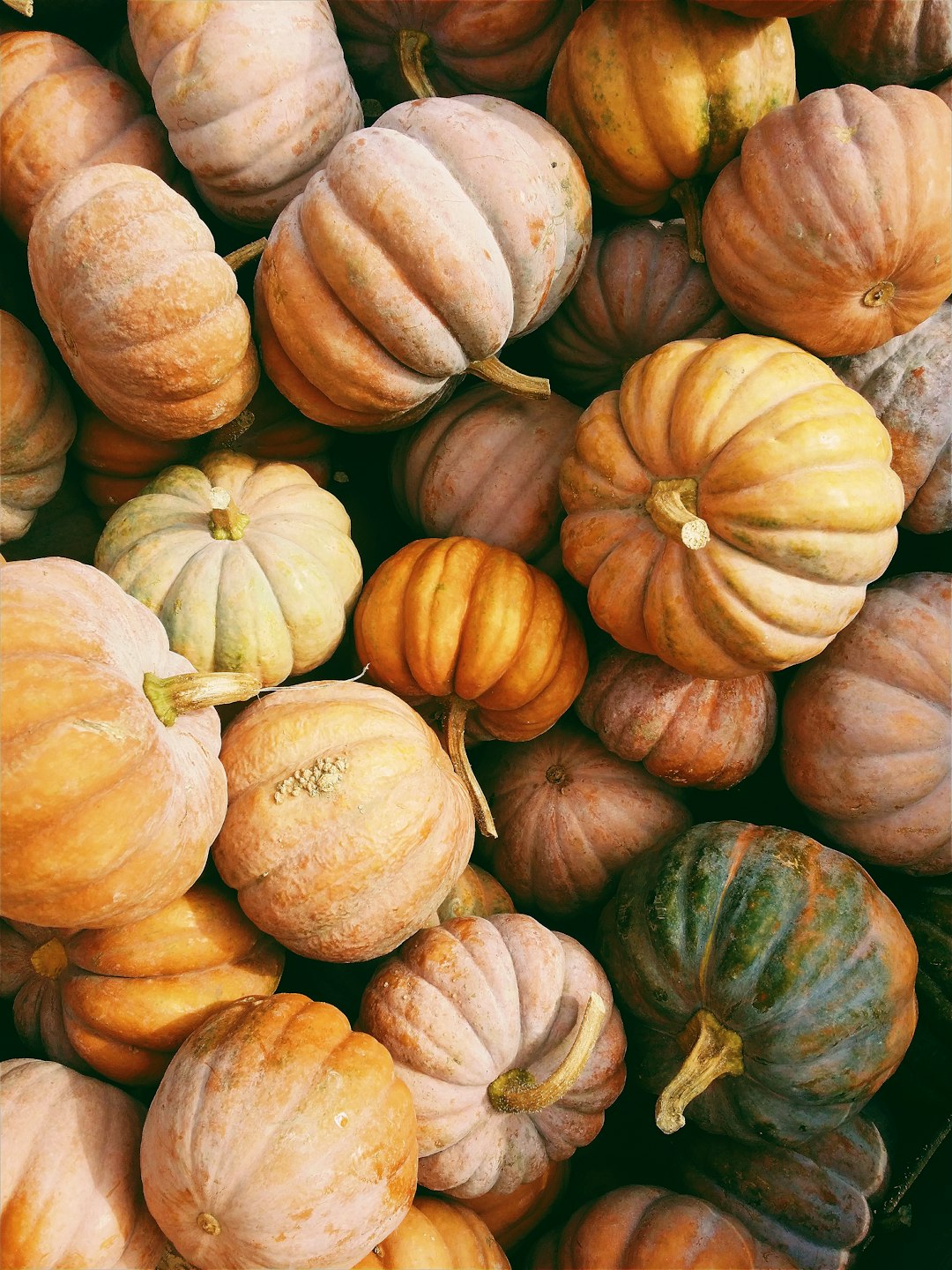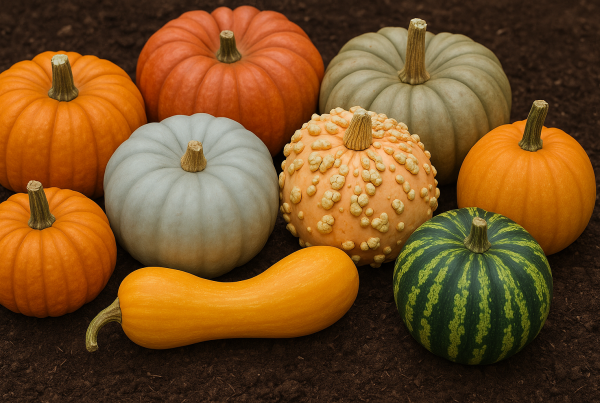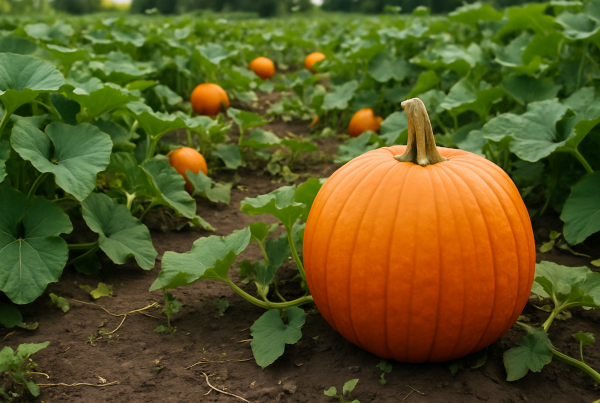Pumpkin Power: Unveiling the Nutritional Secrets and Historical Uses of This Versatile Fruit
Pumpkins, with their vibrant hues and distinct shapes, have long captivated the imaginations of people across the globe. As we delve into the fascinating world of this versatile fruit, we uncover its rich history and diverse uses that span continents and cultures. Originating from North America, pumpkins have journeyed far from their native land, becoming integral to various cultural traditions, especially in seasonal festivities like Halloween and Thanksgiving. Beyond their festive charm, pumpkins boast an impressive nutritional profile and a variety of uses that extend far beyond the kitchen. Join us as we embark on an exploration of pumpkin power, unveiling the secrets of its origin, historical significance, and the myriad ways it enriches our lives today.
Pumpkin Origins and Historical Uses
Ancient Beginnings
Pumpkins have a rich and storied history that dates back thousands of years. The pumpkin origin country is believed to be Mexico, where the earliest evidence of pumpkin seeds dates back to around 7,500 to 5,000 B.C. These seeds were discovered in the Oaxaca Highlands, suggesting that ancient civilizations cultivated pumpkins for their seeds and flesh. Initially, pumpkins were small and bitter, unlike the sweet varieties we enjoy today. What were pumpkins originally used for? Primarily, they served as a vital food source, with indigenous peoples using them for their seeds, which were highly nutritious. Pumpkins also played a role in early trade, spreading to other regions over time. As pumpkins traveled beyond their native lands, they began to integrate into various cultures, each adapting the fruit to their culinary and medicinal practices. This ancient beginning laid the groundwork for the pumpkin’s global significance today.
Early Culinary Uses
In their early days, pumpkins were a staple in the diets of indigenous peoples across North America. Beyond their nutritional seeds, the flesh of the pumpkin was a versatile ingredient in numerous dishes. Early culinary uses often involved roasting or boiling the flesh to create a hearty and filling base for stews and soups. Native Americans also utilized pumpkins by drying strips of the fruit to create long-lasting, portable food supplies. As European explorers encountered pumpkins, they too began to incorporate them into their diets. Settlers in the New World adapted pumpkin recipes to fit their own culinary traditions, leading to the development of dishes such as pumpkin pie. This dessert became a cherished part of holiday festivities, particularly during Thanksgiving. Over the centuries, the pumpkin’s adaptability in the kitchen has allowed it to transcend its humble beginnings and become a beloved ingredient in cuisines around the world.
Cultural Significance
Pumpkins hold a prominent place in various cultural traditions, transcending their culinary uses. In North America, pumpkins are synonymous with autumn and are central to celebrations like Halloween and Thanksgiving. The tradition of carving pumpkins into jack-o’-lanterns is believed to have originated from an Irish myth about “Stingy Jack,” where turnips were initially used before pumpkins became the preferred choice due to their size and ease of carving. This practice has become a beloved Halloween ritual, symbolizing the spirit of the season. Meanwhile, Thanksgiving wouldn’t be complete without pumpkin pie, a dessert that embodies the harvest festival’s spirit. Beyond the United States, pumpkins also play a role in other cultural contexts. In parts of Africa and Asia, pumpkins are celebrated for their nutritional value and are used in traditional medicine. The pumpkin’s presence in these diverse cultural practices highlights its global journey from a humble fruit to a symbol of tradition and festivity.









